There are as many ways to switch off your target audience as there are to attract them, and there are plenty of ways to annoy or even alienate your existing audience – all through your writing.
When you’re a busy comms team, your first priority is producing content that reaches the right people in the right way at the right time, and thorough proofreading can sometimes fall by the wayside. However, it’s important to get the basics right; your messaging will be all the more effective if it’s written clearly and correctly.
Here are the seven ‘deadly writing sins’ we’ve spotted most often over the years – and how to tackle them.
1. Errant apostrophes
It may seem a bit of a stereotype, but many people still do get aerated about the incorrect use of apostrophes. The main basics to follow are:
Pronouns
- Its means ‘belonging to it’; whose means ‘belonging to someone’
- It’s means ‘it is’ or ‘it has’; who’s means ‘who is’
For example:
- Its benefits include an easy-to-use handle
- It’s easy to use thanks to the new handle
Plurals
Don’t use an apostrophe to form the plurals of nouns, abbreviations or dates made up of numbers; just add -s or -es
For example:
- Potatoes not potato’s, and customers not customer’s
- DVDs not DVD’s
- 1950s not 1950’s
2. Random capital letters
 Many people use capital letters within sentences to emphasise certain words, but this can make it look a bit like you’re shouting and lose any intended impact – and from a grammatical point of view, it’s just wrong.
Many people use capital letters within sentences to emphasise certain words, but this can make it look a bit like you’re shouting and lose any intended impact – and from a grammatical point of view, it’s just wrong.
Try to reserve capital letters for proper nouns – that is for names, including the name of your organisation and any registered products and brands. They shouldn’t be used for job titles or generic product types.
For example, the second sentence here uses grammatically correct capitalisation:
- With its Sharpmaster and Smoothstirrer ranges, Moston’s offers the Best Quality Commercial Knives and Spoons on the market.
- With its Sharpmaster and Smoothstirrer ranges, Moston’s offers the best quality commercial knives and spoons on the market.
3. Less is more, but fewer can be better
It’s easy to get mixed up with ‘less’ and ‘fewer’, but these two words can be very important – and mistakes when using them can be a real bugbear for many people.
Take the typical ‘five items or less’ sign on a checkout; it should say ‘five items or fewer’.
The grammatical reason sounds fairly simple, but in practise can be confusing: use ‘fewer’ with count nouns and ‘less’ with non-count nouns. Now if you haven’t studied grammar, you probably won’t know what ‘count’ and ‘non-count’ nouns are. Put more simply, it just means ‘can you count them?’ If you can count the things you’re talking about then use ‘fewer’; if you can’t, use ‘less’. So if you’re talking about bread, you’d have ‘less’, but if you’re counting loaves then you need ‘fewer’.
Another way to look at it is to remember that ‘less’ means ‘not as much’ (e.g. ‘not as much bread’), and ‘fewer’ means ‘not as many’ (e.g. ‘not as many loaves’). Or try associating the Fs in ‘if you can count them on your fingers, it’s fewer’.
In many situations, an even easier solution would be to avoid the issue altogether by using the more positive sounding ‘up to five items’!
4. Using more words than you need
Don’t bore your readers with long and convoluted sentences.
When you’re writing, try to think of a shorter and simpler way of expressing yourself, then rewrite your sentence. Take a break and come back and do it again. Eventually you’ll get to a stage where you can’t shorten or simplify it any more.
5. Being too clever
Your readers don’t want you to show off or lecture to them. Using a lot of jargon won’t impress them. Either they will already know the jargon – in which case there’ll be no brownie points for being clever – or they simply won’t understand what you’re talking about.
Make it clear that you’re professional and you know what you’re doing, but don’t patronise or baffle your audience.
6. Using negative conjunctions
You can bring negativity into your writing just by using the wrong words. When you’re using conjunctions (linking words), if you feel the need to say ‘but’, see if you could use ‘and’ instead – it’s much more positive.
For example, the second sentence here sounds much more positive:
- We use Royal Mail for standard deliveries, but have an excellent courier service for urgent orders
- We use Royal Mail for standard deliveries, and have an excellent courier service for urgent orders
It’s a subtle difference and (not but!) can have a big impact on the overall feel when used throughout a website, newsletter or brochure.
7. Focusing on why you think something’s great rather than what it can do for your readers
Try not to be self-centred. Your communications aren’t all about you; they belong to your reader. Sometimes you need a different angle to connect with your reader.
Let’s say you’ve just introduced a new appointment booking system. You might write something like this to tell people why it’s great news:
- Our new appointment booking system is incredibly efficient and makes it much easier for us to plan our schedules.
But why does your audience care about how easy it is for you? Turn it around and tell people why it’s great for them:
- Our new online booking system is quick and easy to use. You can book an appointment that’s most convenient to you at just the click of a few buttons.
If you found this useful, we’ve got plenty more where that came from. Two of our resources, Write it right: spelling and grammar mnemonics and Plain language tips: straight swaps for clear and simple writing are full of helpful spelling and grammar hints, and tips for making your writing clearer – and they’re completely free.
